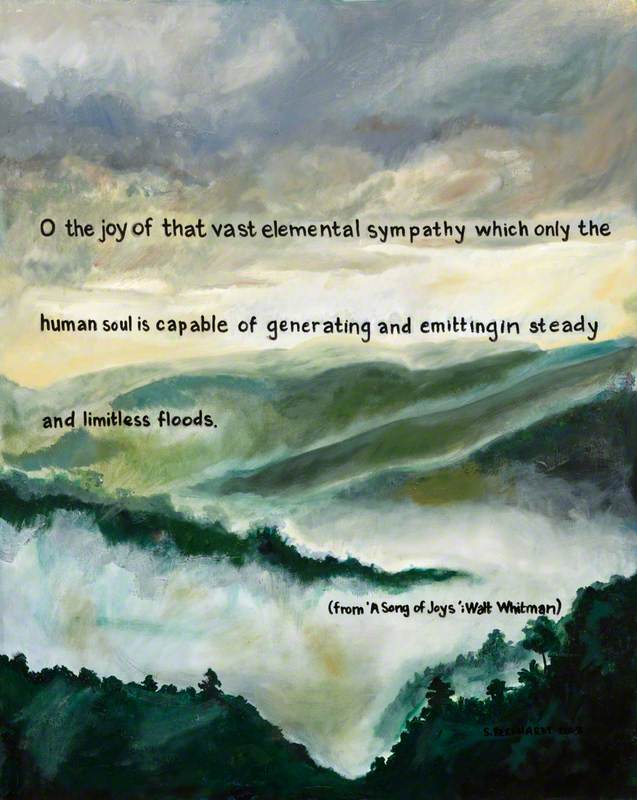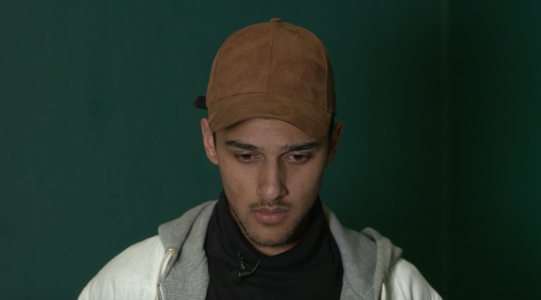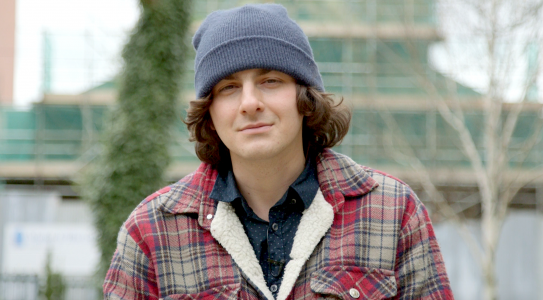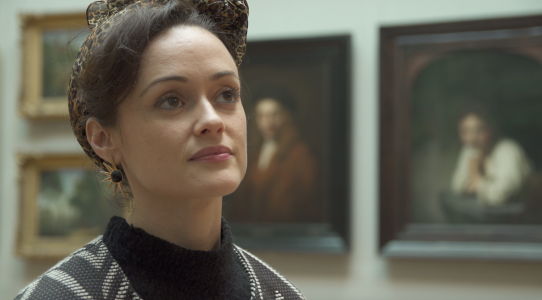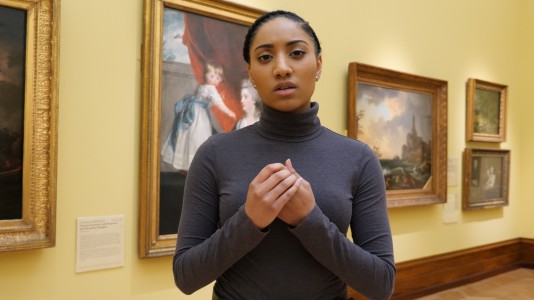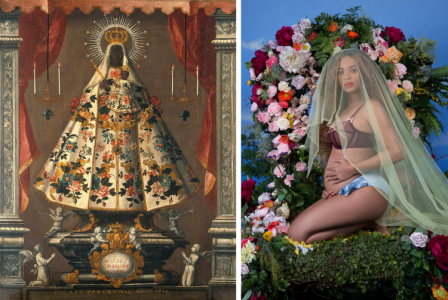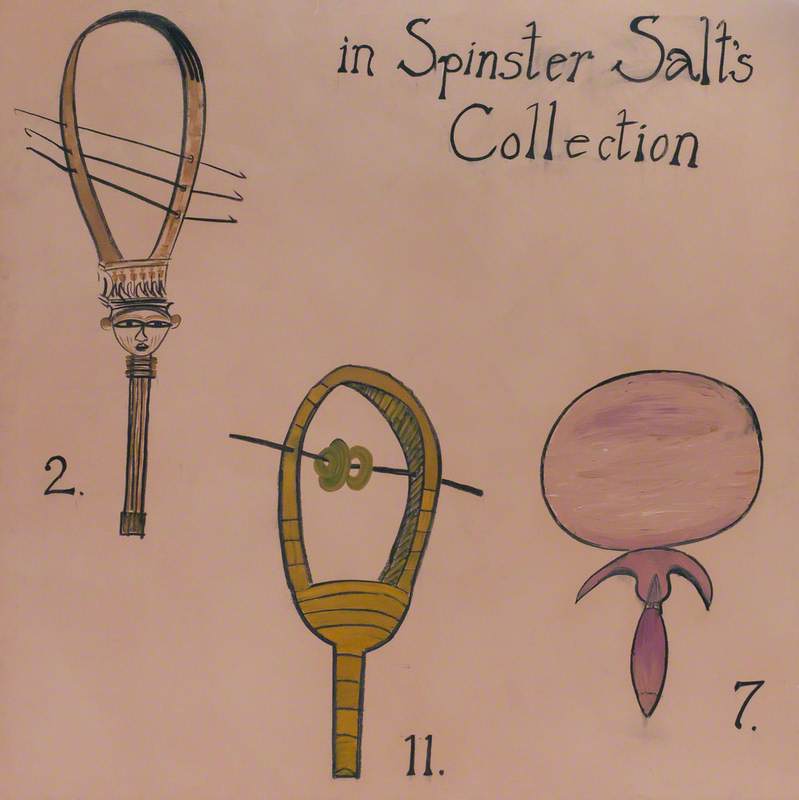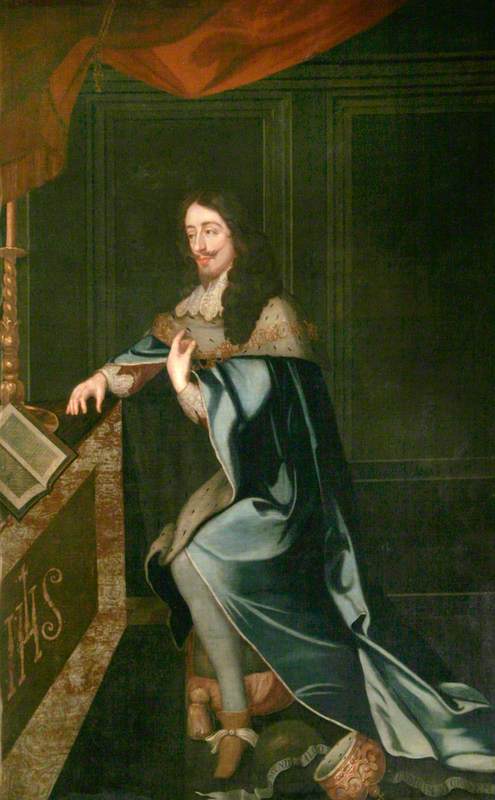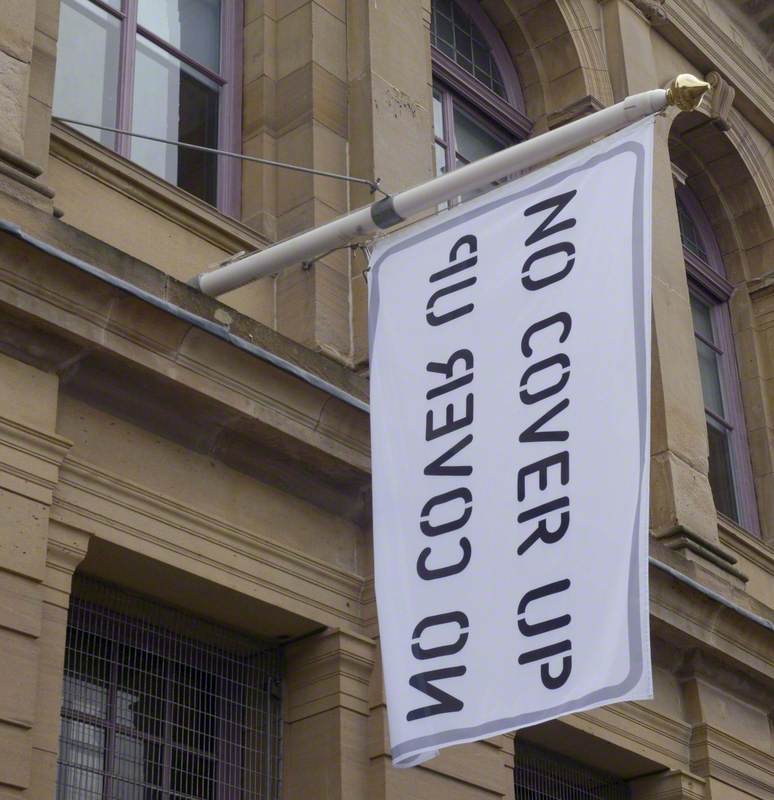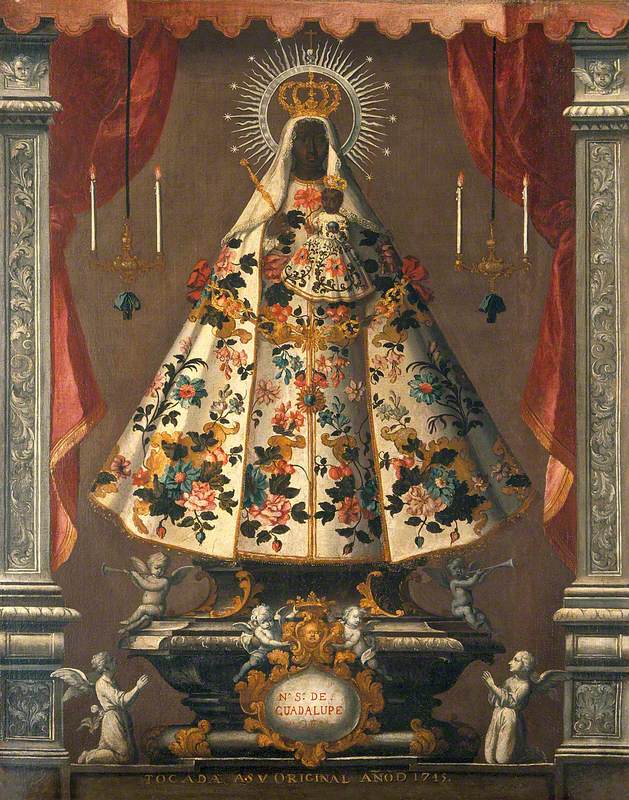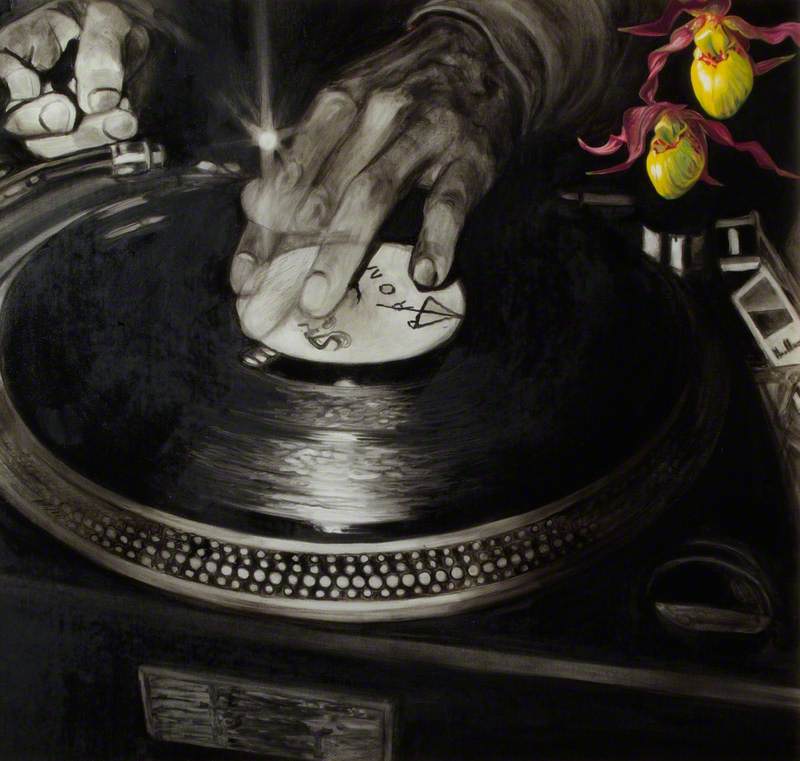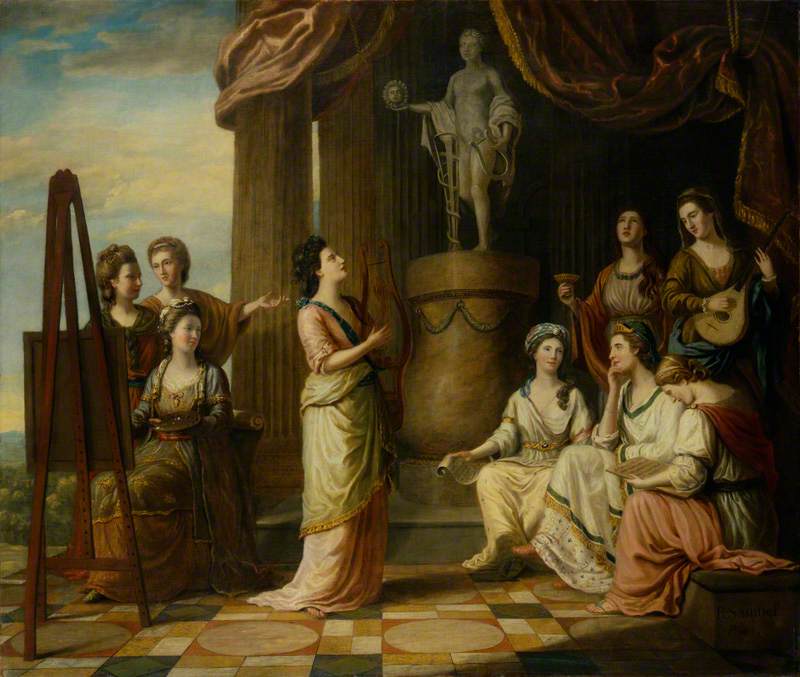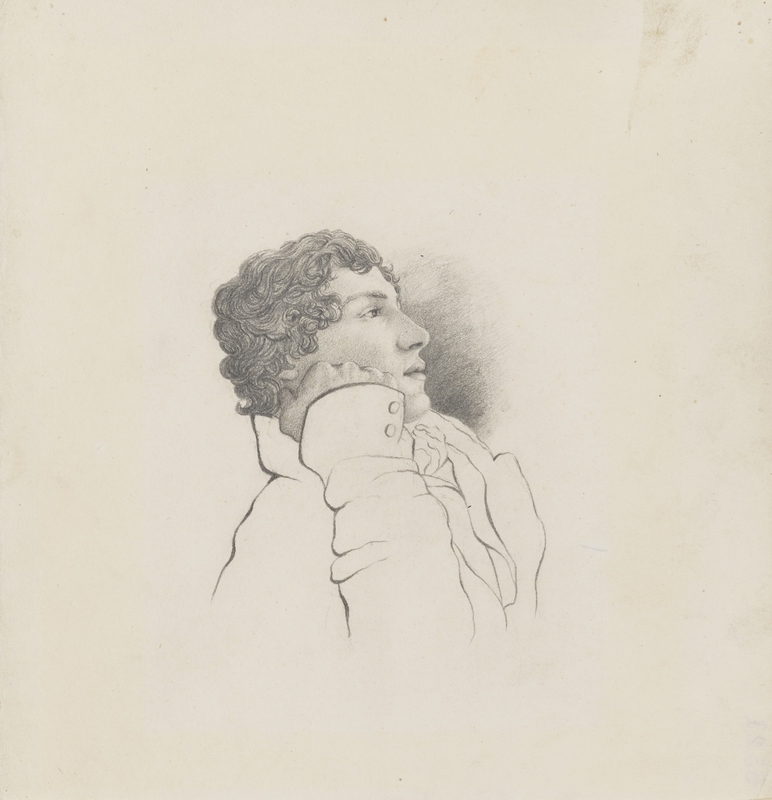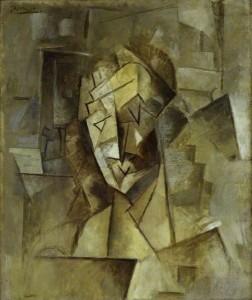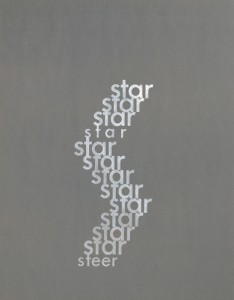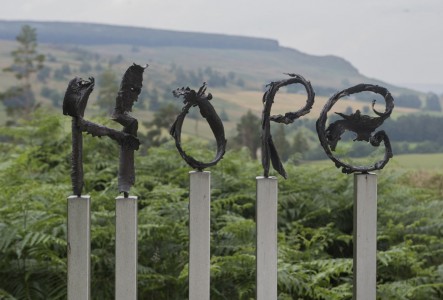Art Speaks challenges poets to create original poems inspired by a painting from Art UK. In collaboration with National Poetry Day, we're proud to announce the winner of our Art Speaks competition for aspiring young poets: Amani Saeed.
We rushed inside, surrounded by sinners and he was one of us, scarlet robes rippling to the beat and the whole club hallelujah-ed and we were shaking and vibrating with the spirit.
The painting: The Disrobing (Despoiling) of Christ by Matthew Arnold Bracy Smith
The Disrobing (Despoiling) of Christ
(after El Greco) c.1922
Matthew Arnold Bracy Smith (1879–1959) 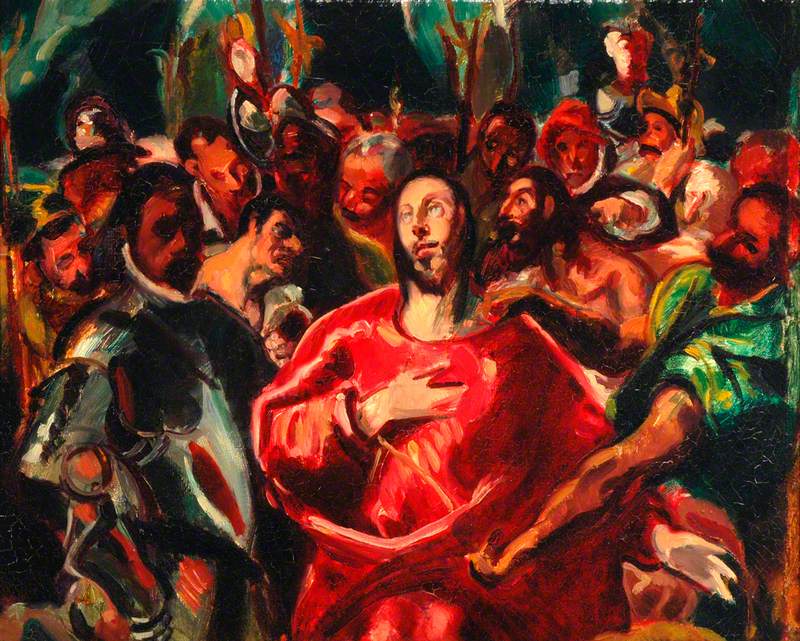
Smith's painting is made after El Greco's famous original, painted for the Cathedral of Toledo. It captures the poignant moment, mentioned in the apocryphal Gospel of Nicodemus, when Christ stands, waiting, his cross being prepared for the crucifixion. The name refers to the scarlet robe he is wearing, which is about to be ripped off.
It was donated to Scarborough Art Gallery in March 1984 by the local hotelier Tom Laughton, shortly before his death. Many of the significant works in Scarborough's collections were donated by Mr Laughton, who was also a great patron of the arts and brother of the famous film star, Charles Laughton. Tom was friends with many great artists of the twentieth century, including Edward Bawden, Eric Ravilious, John Armstrong, Bruce Turner, Dame Ethel Walker, Zdzislaw Ruszkowski and, of course, Sir Matthew Smith. Laughton collected works for his own pleasure but also to hang in his hotels for the enjoyment of his guests.
Smith studied under Henri Matisse and was influenced by the relatively short-lived style Fauvism, a school of painting that valued 'painterly qualities' and the use of strong colours – which come to the fore in The Disrobing (Despoiling) of Christ.
The poet: Amani Saeed
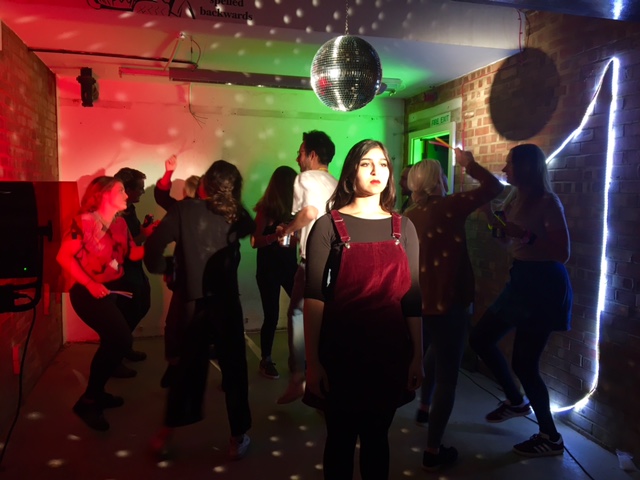
Amani is a London-born American-British-Indian-Middle-Eastern-etc spoken word artist. She is a member of the poetry collectives The Yoni Verse and None of the Above and has worked with the Roundhouse, the BBC, and the Huffington Post. Her work tackles a range of issues including the struggles of having a multifaceted identity, how to love after abuse, and being a ‘bad Muslim.’ Amani’s poetry has been described as ‘electric,’ ‘strident,’ and ‘brave.’
The swirling movement and vibrancy of the painting made it look like a party with Jesus at the centre of a dance floor.
How long have you been writing and performing poetry?
I’ve been writing poetry since I was a kid, but I only started performing poetry three years ago, when I was still at university.
What prompted you to enter the Art Speaks competition?
I studied Art History as part of my degree and when I saw that Art Speaks was a competition combining two of my greatest loves, I jumped at the opportunity. I was excited to write something different from what I usually do.
What drew you to the painting you chose?
When I was trawling through the archives on Art UK, the almost neon colours of this painting were the first thing to catch my eye. I was then drawn in by the subject itself – I understood the figure in the middle was Jesus. As an art history student this juxtaposition immediately confused me as I’d never seen Jesus ‘done’ like this before.
How did you go about interpreting the painting and writing your poem?
Studying iconographic art, I was used to seeing the same stories of Jesus and his life depicted over and over, such as the Crucifixion and Deposition. When I was looking at this painting, I couldn’t recognise many of the traditional signs that would allow me to identify the scene – and wildly, before I saw the knight to his left, I thought Jesus was at a disco! The swirling movement and vibrancy of the painting made it look like a party with Jesus at the centre of a dance floor. I then horribly realised after Googling the title of the painting that this is the moment just before Jesus is stripped of his robes and put up on the cross. When I was telling one of my really good Christian friends about the painting, she told me that what she loved the most about Jesus is that he is always where you don’t expect him to be – he was unafraid to be among the poor, the sick, the sinners. I loved that, especially as the last place you’d expect to find Jesus would be in a club. When writing the poem, I did a lot of research into famous stories about Jesus’s life and tried to mesh those with what I imagined as his typical night out.
Do you have any other favourite artworks from Art UK?
I liked a few of Francis Bacon’s portraits, particularly Study for a Portrait and Robert J. Sainsbury. They’re so hellish and restricted. I also loved Henry Pether’s York Watergate and the Adelphi from the River, London, by Moonlight. I wrote a poem about that painting too because I was so moved by it.
York Watergate and the Adelphi from the River, London, by Moonlight
1841–1860
Henry Pether (1800–1880) 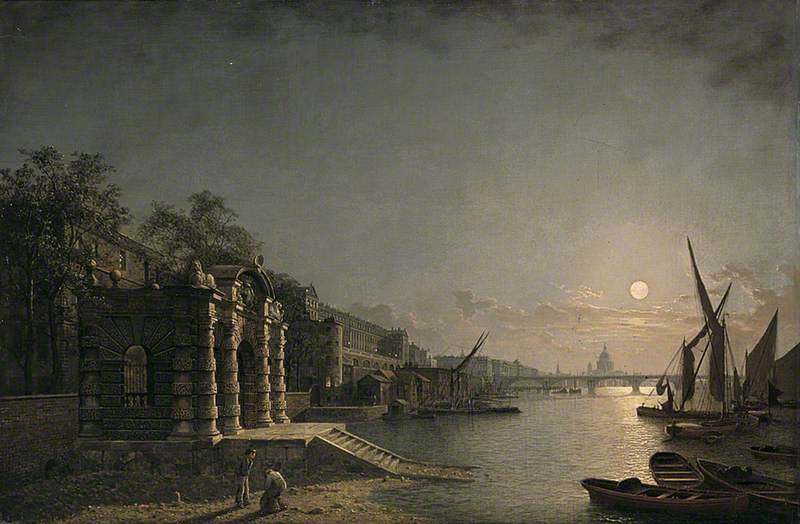
What will you be working on next?
I’ll be working on the manuscript of my book, which is being published next year with Burning Eye! The title of the book is Split and it’s split (heh) down the middle. One half is about what it means to be a constant other, what it means to be perceived as fragmented: both a foreigner and a westerner, a Muslim who is not ‘Muslim enough.’ The other half is about abuse and the aftermath: trauma, healing, and learning how to love differently. Both halves are about coming to terms with a patchwork self that is forever being split and stitched back together. I’m also working on creating an open mic night and a show centred around the South Asian female voice with my collective The Yoni Verse.
The venue: Scarborough Art Gallery
Scarborough Art Gallery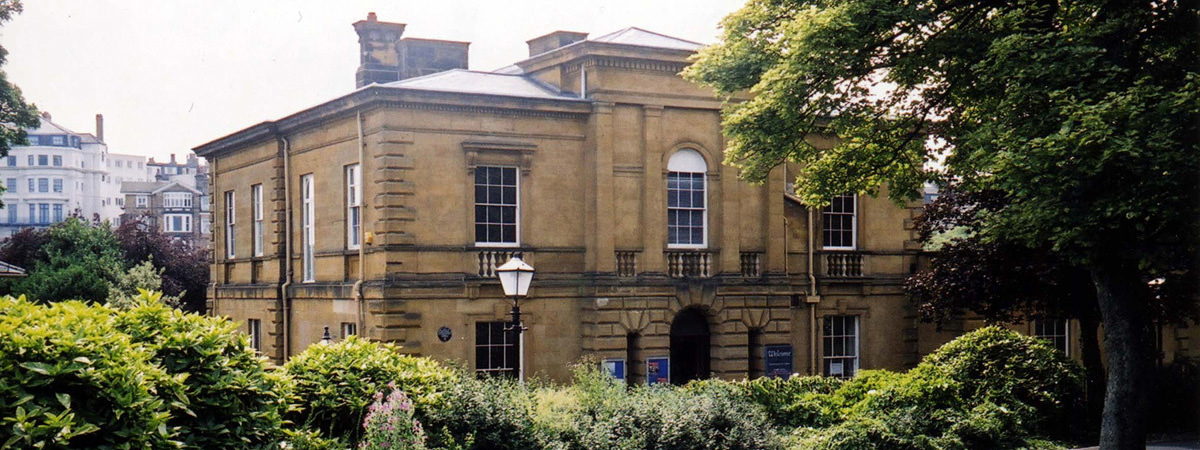
The gallery, originally called Crescent House, was built in 1845 as a house for local solicitor John Uppleby. After several changes of private ownership it was bought by Scarborough Borough Council in 1942 and used as a welfare clinic and children’s nursery. In February 1947, it was decided that the building would be turned into an art gallery and on 17th November of the same year it opened its doors to the public.
The first floor and two galleries on the ground floor are devoted to the permanent display of the Scarborough Collections. The ground floor also houses the Gallery’s temporary exhibition space, which hosts three short-term displays a year combining pieces from the central collections and loans from both other institutions and private lenders.
Among the gallery's artworks are a group of seascapes and views of Scarborough by John Atkinson Grimshaw, works by Frederic Leighton and Frank Brangwyn, and prints and drawings by many other notable British artists.
Explore more
If you're feeling inspired, you can explore art near you by finding your closest venue here: there are museums, galleries and more from all over the UK.
Or, you can keep exploring artworks online. You can look at more brightly-coloured Fauvist art, or perhaps go for something completely different: try searching for random topics or using the artwork shuffle on the artwork page.
